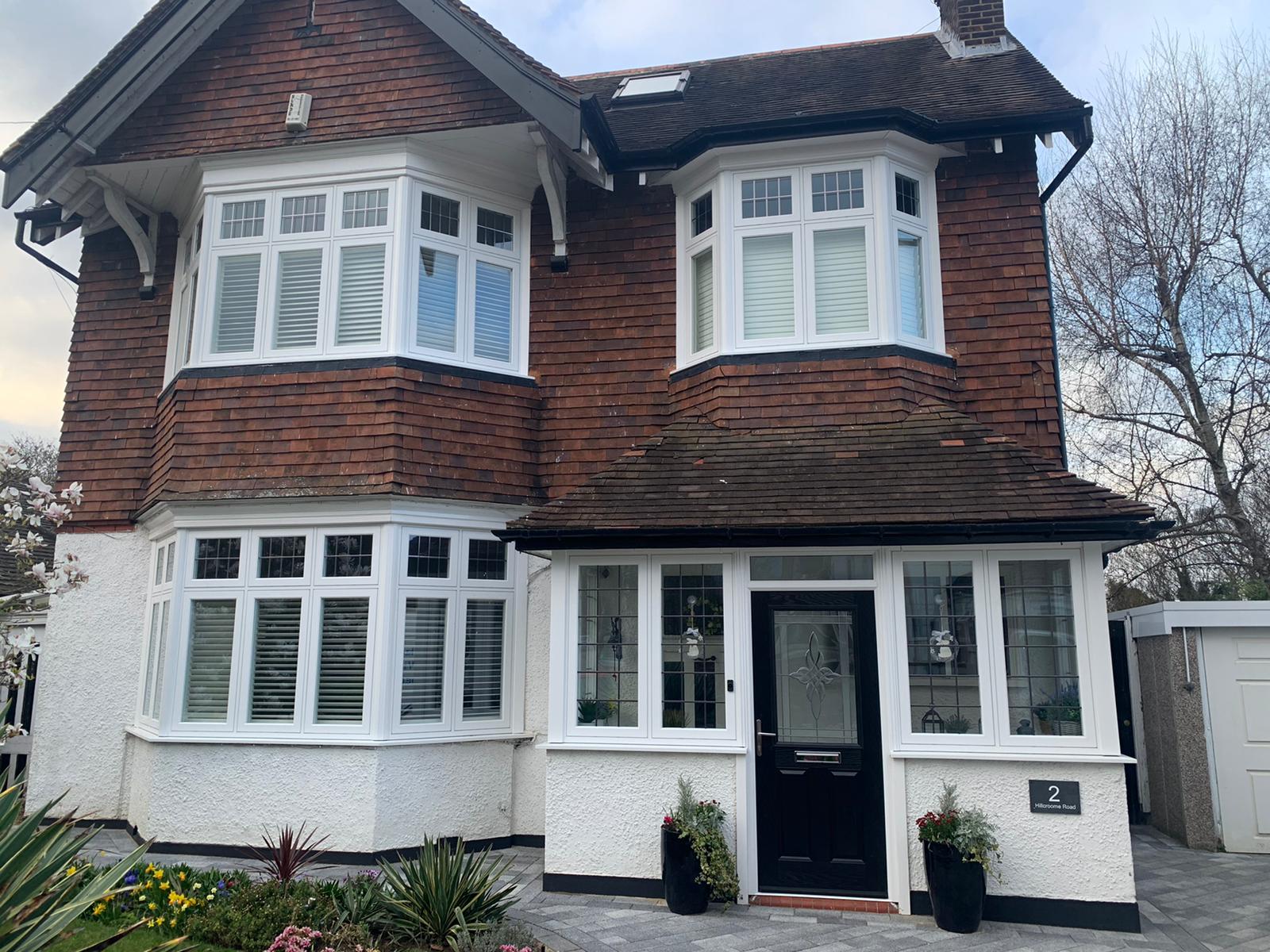The process of window replacement is a significant home improvement project that can enhance energy efficiency, aesthetics, and property value. This observational research article explores the trends, techniques, and impacts associated with Window Installation Ideal Glass replacement, drawing from various case studies and expert interviews to provide a comprehensive overview of the current landscape in this field.
Trends in Window Replacement
The window replacement industry has seen notable trends over the past decade, driven by advancements in technology, changes in consumer preferences, and increasing awareness of energy efficiency. One major trend is the growing popularity of energy-efficient windows. Homeowners are increasingly opting for double or triple-pane windows filled with argon or krypton gas, which provide superior insulation compared to traditional single-pane windows. According to the U.S. Department of Energy, energy-efficient windows can reduce energy bills by 10-25%, making them an attractive investment for many homeowners.
Another trend is the rise in demand for customizable window options. Homeowners are looking for windows that not only perform well but also complement their home’s architectural style. Manufacturers are responding by offering a wider variety of materials, colors, and designs. Vinyl, wood, and fiberglass frames are among the most sought-after materials, each offering unique benefits in terms of durability, maintenance, and aesthetics.
Moreover, there is a growing emphasis on sustainable practices in window replacement. Many companies are now focusing on using recycled materials and environmentally friendly manufacturing processes. This shift is not only appealing to eco-conscious consumers but is also becoming a requirement in many regions due to stricter building codes and regulations aimed at reducing carbon footprints.
Techniques in Window Replacement
The techniques employed in window replacement have also evolved significantly. Traditional methods often involved removing the entire window frame, which could lead to additional repairs and increased labor costs. However, many contractors now utilize a technique known as "insert replacement," where new windows are fitted into the existing frame. This method minimizes disruption and can be completed more quickly, making it a popular choice among homeowners looking for efficiency.
Additionally, advancements in installation technology have improved the overall quality and longevity of window replacements. The use of advanced sealing techniques and high-performance adhesives ensures that windows are properly insulated and sealed against drafts. This not only enhances energy efficiency but also reduces the risk of moisture infiltration, which can lead to mold and structural damage.
The importance of professional installation cannot be overstated. Observational studies reveal that improper installation is one of the leading causes of window performance issues. Homeowners are increasingly recognizing the value of hiring experienced contractors who can ensure that windows are installed correctly and in accordance with manufacturer specifications.

Impact of Window Replacement
The impact of window replacement extends beyond mere aesthetics and energy efficiency. One of the most significant effects is on the overall value of the home. According to a report by the National Association of Realtors, window replacement is one of the top home improvement projects that can yield a high return on investment. Homeowners can expect to recoup approximately 70-80% of their costs upon resale, making it a financially sound decision.
Furthermore, window replacement can have a profound impact on the comfort and livability of a home. New windows can significantly reduce noise pollution, enhance natural light, and improve indoor air quality. Observational research has shown that homeowners often report higher satisfaction levels and an improved quality of life after replacing their windows.